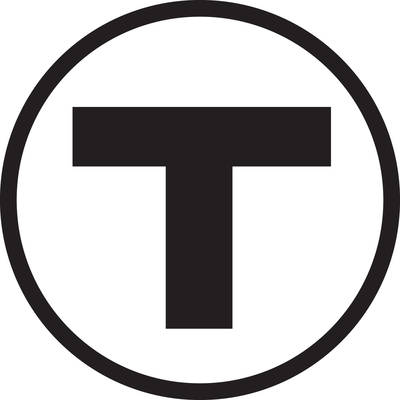
The following piece was provided by State Sen. Will Brownsberger, D – Belmont, who also represents Watertown and parts of Boston:
A closer look at recently-reported traffic numbers offers hope that expansions of rail service can make a real difference in rush hour congestion.
I was discouraged by two analyses that came out over the summer. MassDOT’s report, Congestion in the Commonwealth, showed that daily vehicle volume dwarfs daily commuter rail ridership along the major radial commuting paths into the core of the Boston area. Around the same time, preliminary results from the Rail Vision model showed that even major expansions of commuter rail service outside 128 would garner ridership increases apparently too small to make a dent in vehicle volume.
For example, the Congestion report shows at page 89 that on I-90 (the Massachusetts Turnpike), there are roughly 150,000 vehicles per day as compared to only 18,000 daily riders on the parallel Worcester line. The Worcester line added almost 6,000 daily riders from 2012 to 2018. While this was a dramatic ridership increase in percentage terms, the absolute increase in I-90 vehicle traffic over the same period was over 15,000.
Even the most expensive rail expansion scenario rolled out over the summer by Rail Vision, costing $23 billion, results in only an additional 15,000 riders on the Worcester line by 2040. It seemed that even if we could fund that expansion, regional traffic growth could easily lead to I-90 congestion levels as bad as or worse than what we are experiencing now.
The Congestion report numbers appeared similarly discouraging for the Route 2 corridor: 45,000 vehicles per day as against only 9,000 riders on the Fitchburg Line. The preliminary Rail Vision scenarios did offer some hope for improvement — up to 17,000 new riders in the most expensive scenario, but only 3,000 in the least expensive scenario.
The numbers start to look more encouraging when one zooms in on the hours of peak congestion. Although it is worst at rush hour, I-90 has heavy traffic in both directions all day long. By contrast, commuter rail ridership is concentrated during rush hour. So, when it matters most, commuter rail is actually taking a big load off I-90.
At the toll gantry in Allston near Boston University (gantry AET13), volume is highest between 7 and 9 a.m. on weekdays. According to data from the gantry, in the third week of September 2019, the average number of vehicles going through during that two hour peak was just under 13,000.
The last careful study of commuter rail ridership was done in 2018. It shows 6,251 passengers deboarding at the last three downtown stations from the 8 Worcester line trains arriving at South Station between 7:10 a.m. and 9:10 a.m. on weekdays. That amounts to almost 1/2 of the corresponding peak traffic on I-90.
Despite all the traffic that exits off Route 2 into Belmont and Watertown to avoid Alewife, Route 2 eastbound approaching Alewife is one of the top 5 most congested locations in the state, measured by ratio of travel time at rush hour to travel time in the middle of the night. See Congestion report at page 14.
MassDOT’s online traffic counts show 39,084 daily vehicles traveling inbound just west of Alewife in 2018 (Location ID: 257138). A 2006 hour-by-hour count shows heavy volume all day long with the peak hours counting for only 20 percent or approximately 8,000 vehicles at 2018 levels. The Fitchburg line runs close to the same count point on Route 2 and (per the 2018 ridership count) deboarded approximately 3,000 inbound passengers at Porter Square and North Station in the same 7 to 9 a.m. peak period. Again, the rail share looks much larger when the comparison is limited to rush hour.
Broadly, the finding that commuter rail does account for a large share of rush hour commuters is consistent with the regional traffic modeling done by the Central Transportation Planning Staff in their Core Capacity Study. They found that a whopping 44 percent of people making radial inbound commutes from outside the 9 “inner core communities” did so by transit (2011 data in Table 9).
The Congestion report’s 24-hour traffic counts make the rail role look small, because on a 24-hour basis, people make a variety of trips, many of which are not well served by any form of mass transit. Only 10 percent of household trips were for “Work/Job” or “Work Business Related” in MassDOT’s 2011 travel survey.
Assessments of the role of mass transit in congestion reduction should focus on rush hour when congestion is at its worst. Mass transit is most efficient, most attractive, and has its most significant benefits at rush hour when many people are trying to move in the same direction.
From a rush hour perspective, the potential for congestion reduction through commuter rail expansion is exciting. We should give careful attention to and take action on the further results of the Rail Vision study which are coming forward soon.